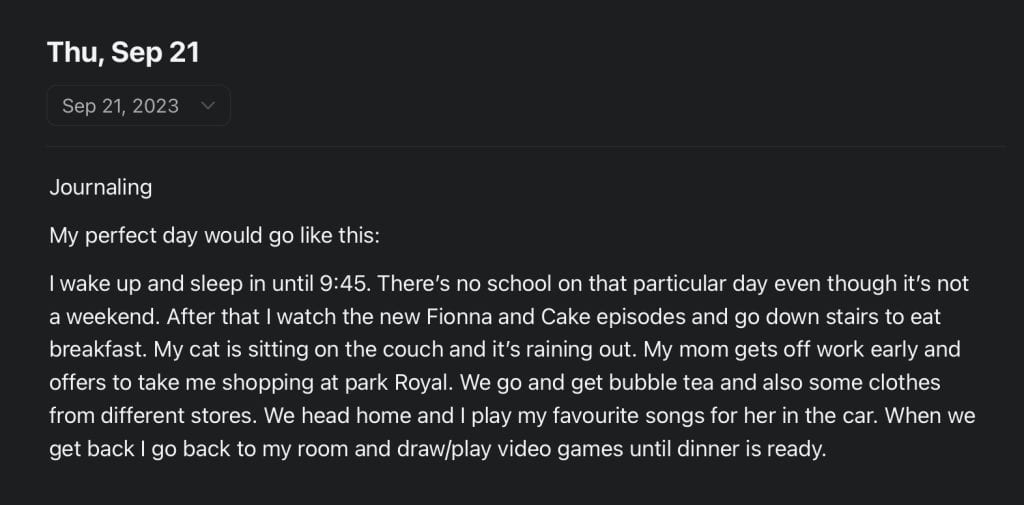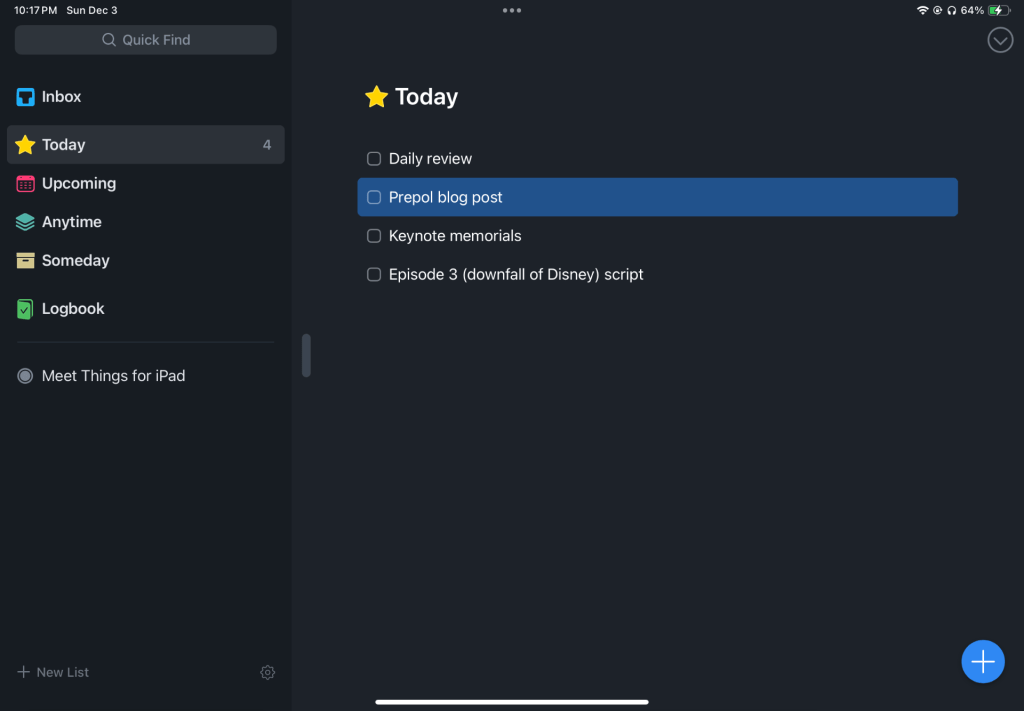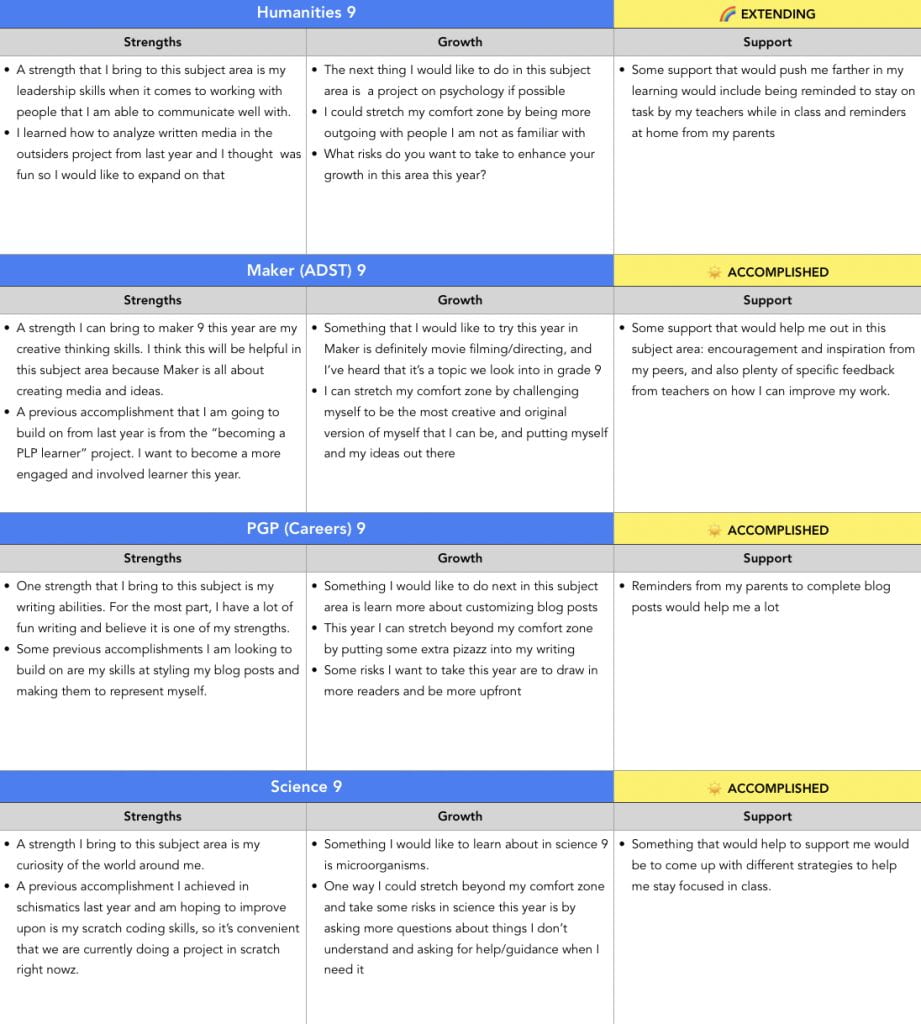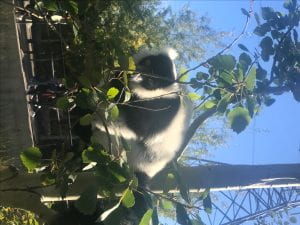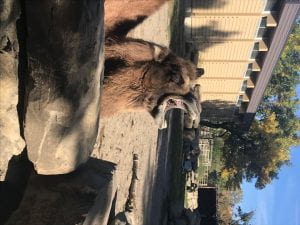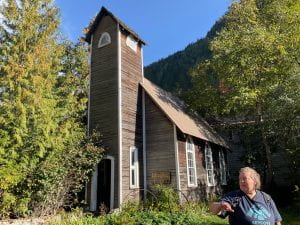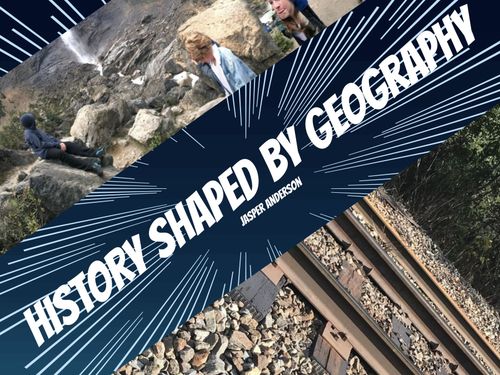This project was entirely opportunities meant for us to take advantage of, to show off our talents and abilities. I feel I definitely have some room to improve, and wish I had gone the full mile to further my growth as a learner in this project.
Essentially, this project was a way for us to build a resume, reflect on our past experiences that could be applicable to the work world, and eventually pitch ourselves to a board of local respected businessmen and women (my mom being one of them, slight brag) in a sort of Dragons Den. We built up an array of information about ourselves to present, and in return we would receive useful feedback from people who know what they are talking about.
I got a lot of work done for this project, and in the end the thing that held me back was my actual preparation for the Dragons Den event. I was so unprepared despite how prepared I felt.
There are a few major faults that I had in both my preparation for the presentation and the actual presenting of my pitch.
-Not taking the time to fully read through the Basecamp/craft and understand exactly what it would entail
I have no goddamn clue of why I didn’t do this. There was so much I could have changed if I just took the time to really wrap my head around it.
-not reading the Dragons feedback form before the presentation
I think this was mainly a result of the aforementioned lack of understanding on the project
-failing to print out my resume and not having a note card due to being out of class the day prior
My presentation was under time, lacking, and pretty empty. I provided little evidence to support my claims, and because of all these factors I recieved very little feedback just because there was so little for the dragons to even give feedback on. The feedback I got was to be more confident in my capabilities and that my procrastination needed to be actively worked on, which is still helpful, but if I had provided more for the Dragons to give feedback on I would have definitely learned more.
On a more positive note, I did take some pretty stellar notes from the guest speaker, and I think that little presentation from him is really what I learned the most from. I got a lot of cool info on what to put on my resume, how to act and dress during a job interview, and what type of questions an interviewer might ask. This information will all be very useful to me when I have an actual job interview, and I know it would have been helpful if I’d just used it for the Dragons Den, but it’s too late for me to change the past now. The best thing I can do about it is reflect on my experience and use that reflection to better prepare myself when I have an actual job interview scheduled.
Here’s the first resume I created, not really knowing how they were supposed to look. It’s not very straightforward and is formatted poorly, and it focuses more on personality rather than professionalism.

And this is my updated one post feedback. It’s much cleaner, and it has a lot more important information about me as a person and my capabilities professionally. I feel it shows quite an improvement.
as a final note to leave you with, here’s my skills assessment:


In conclusion, I need to focus less on my favourite TV shows and more on figuring out a way to get around my mental blockages.
































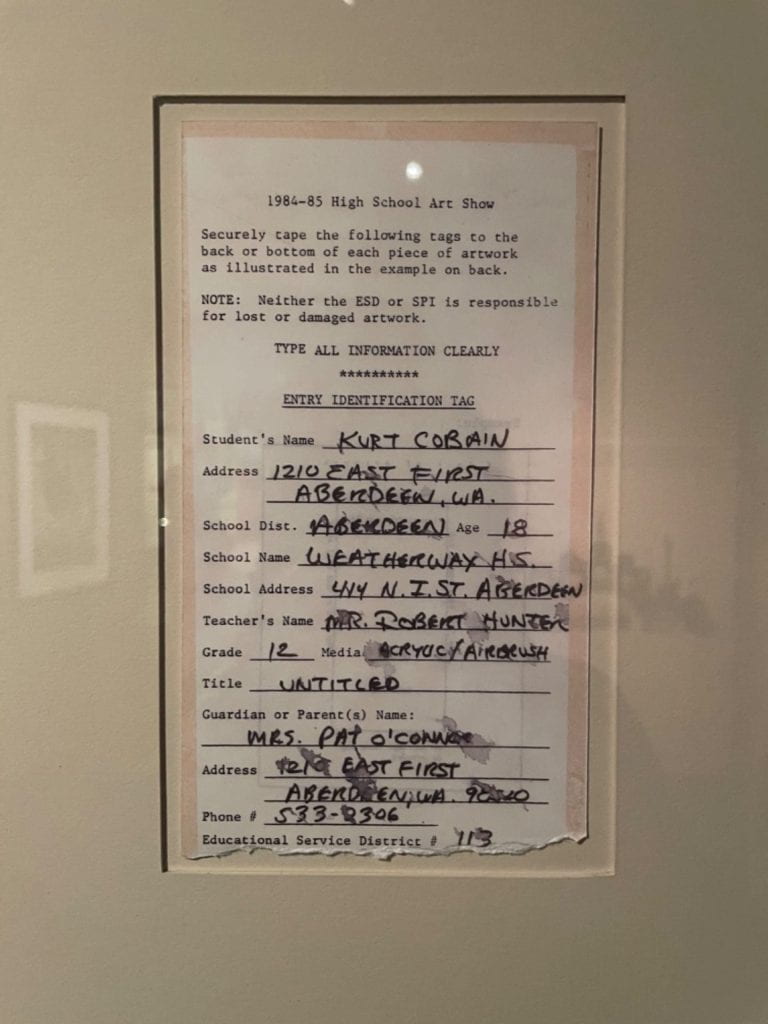





 2023-24:
2023-24:


